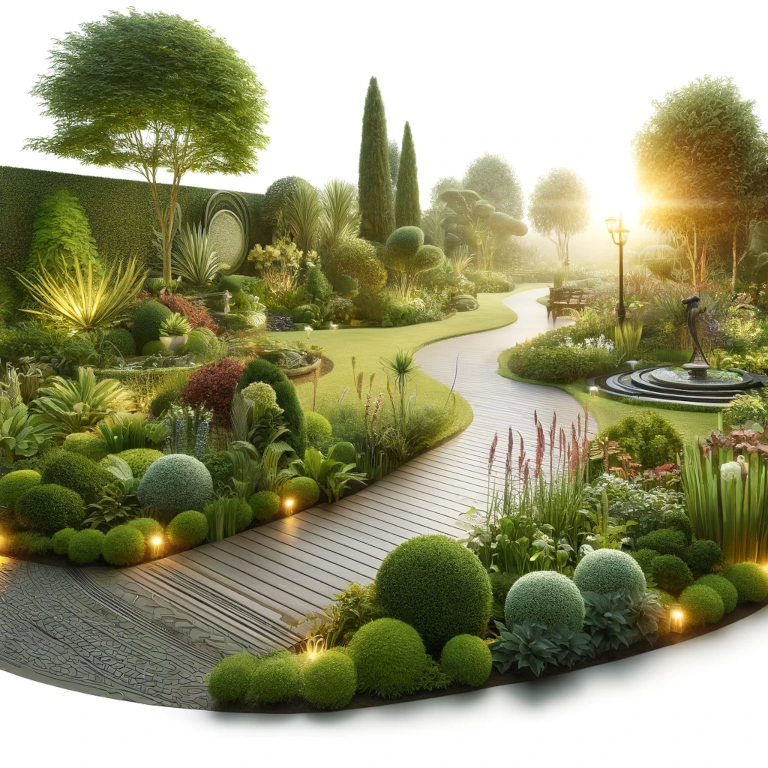Creating a captivating garden landscape is both an art and a science. Whether you’re an amateur gardener or a seasoned landscaper, understanding the fundamentals of garden design can transform your outdoor space into a serene and functional haven. Here, we delve into practical landscaping ideas that not only enhance the beauty of your garden but also add value to your home.
Understanding Your Space
Before you begin, it’s crucial to understand the layout of your space. Measure your garden area and note the positions of fixed features like trees, fences, or paths. Consider the aspect of your garden: does it face north or south? This will determine the type of plants that will thrive in your space.
Choosing a Theme
Select a theme that resonates with your personal style. Whether it’s a Japanese Zen garden, a rustic English cottage garden, or a sleek contemporary garden, having a clear theme provides direction for your plant choices and decorative elements.
Plant Selection
Choosing the right plants is essential for sustainable garden design. Opt for native plants which are more likely to thrive and require less water and maintenance. Consider the heights and textures of plants to create visual interest and balance. Layering plants in heights can lead to a lush, rich landscape that draws the eye through the garden.
Focal Points and Pathways
Create focal points in your garden such as a fountain, sculpture, or a stunning plant. Pathways not only add functionality but also enhance the aesthetic appeal of your garden. Use natural materials like stone or wood to blend seamlessly with the surroundings.
Lighting and Accessories
Proper lighting can dramatically change the ambiance of your garden at night. Solar-powered lights are a sustainable option, providing soft illumination to paths and features without adding to your energy bill. Accessories like bird baths or wind chimes can add a lively touch to the garden.
Practical Elements
Consider practical elements like irrigation systems for maintenance ease. Drip irrigation systems are efficient and conserve water by directing moisture directly to the plant roots. Additionally, mulching helps retain soil moisture and suppress weeds, reducing garden upkeep.
Seasonal Planning
Plan your garden for year-round appeal. Choose a variety of plants that bloom at different times of the year so that each season brings a new look to your garden. Evergreens are excellent for maintaining some greenery during the colder months.
DIY Projects
Incorporate DIY projects into your garden design. Building raised beds or creating a mosaic stepping stone path can be satisfying projects that personalize your space and can be great family activities.
By following these guidelines, you can create a garden that is not only beautiful but also functional and sustainable. Remember, the key to successful landscaping lies in careful planning and understanding the unique needs of your space.






